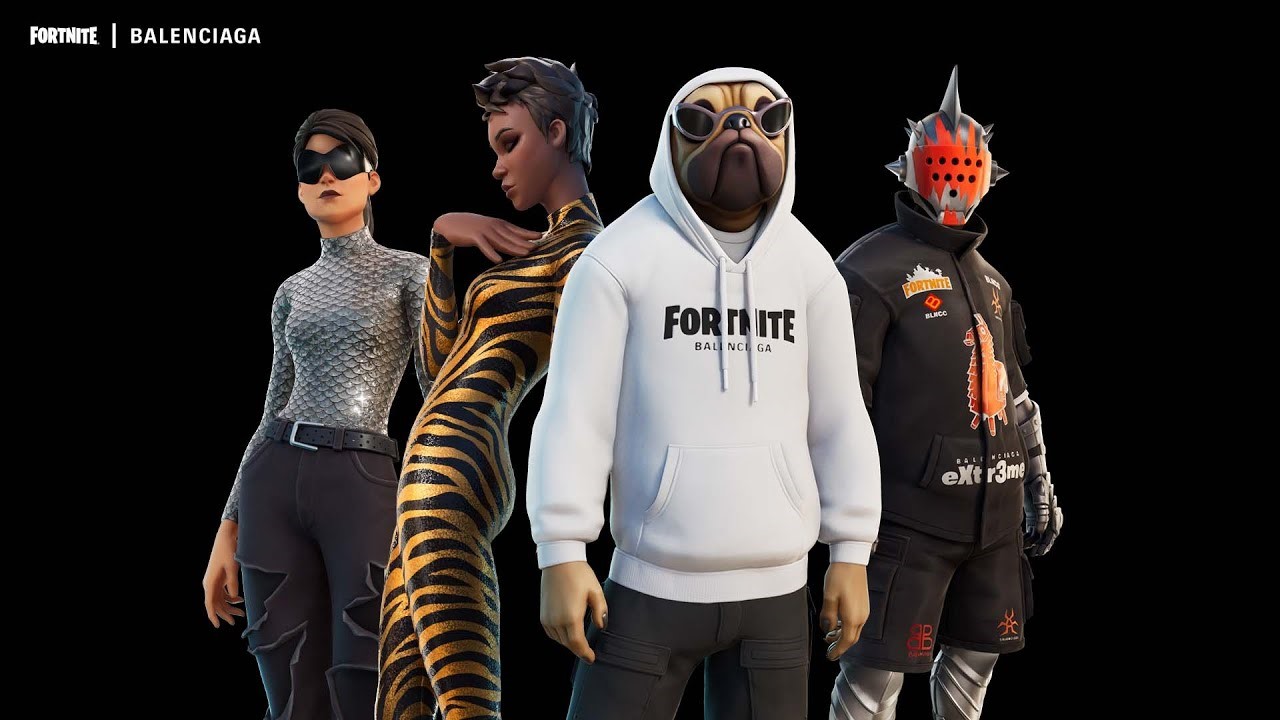Curated by Bruno Oliveira, Head of Digital Hub at Sumol + Compal and lecturer at IADE – Faculty of Design, Technology and Communication of the European University
Since Mark Zuckerberg announced the Meta, brands and agencies have begun to look at the Metaverse differently and with greater intensity.
But what is the metaverse?
For me, one of the best definitions comes from Matthew Ball, who recently published the book “THE METAVERSE”: “It’s a persistent and interconnected network of 3D virtual worlds that will ultimately act as a gateway to most online experiences, but also as a basis for the physical world “.
Metaverse is an evolution of the experience with the brand’s fans, mixing the virtual world with the physical, virtual interactions need to feel human, it must be in real time, always being Human to Human where the brand must guarantee an experience identical to the real world. In Portugal there are already good examples, such as the case of a beverage brand that is featured in one of the most popular games in the world – Grand Theft Auto Online – and that when the avatar drinks it during the game it loses the stress, in a clear connection with the sensation of freshness and relaxation that characterizes the brand.

The metaverse brings new dimensions of connection, if we have a smartphone in hand we can interact with the brand through augmented reality, we can play Roblox and build my world or visit NikeLand, create my avatar in Fortnite and buy skins from Balenciaga, or on the edge, we can rent land for my brand to decentraland.
At its core, Metaverse will impact 3 key points:
1) Identity – people will create a virtual identity, their avatar, where the concept of “normal” does not apply, we can be whatever we want, our “profile picture” (PFP) becomes the creation of an identity virtual in the metaverse, creating an opportunity for brands, enabling virtual personalization, i.e. the emergence of B2A, Business to avatar.
2) Space – the concept of space and time changes, we can drive at 300 km / hour, travel the world in 10 minutes, but the most amazing thing is that we can create our own world or shop, bringing physical reality to reality virtual, for example, we can bring our branded furniture (terraces, freezers, napkin holders) into the virtual world to create closeness between the two worlds.
This year, the Sumol Summer Fest gave fans the chance to have access, a week before, to a unique concert in GTA, being able to dance with their avatar in the replica of the VIP area of the festival to the sound of DJ Riot. The same experience could be lived a week later on the festival grounds.
My recommendation is that brands enter where their audience is, because if they want to create a whole new world, they will have to invest in building and advertising their metaverse. They are like apps, there is no point in releasing something new if it isn’t more amazing than what already exists.
3) Monetization of the creator and the brand: in the metaverse, this is where the real co-creation with their fans takes place, so brands must create the possibility for users to interact with the brand, in order to create unique pieces, personalized spaces or even create a marketplace of unique items created between fans and the brand, where creators can earn money or unlock premium access in the real world.
Additionally, brands will need to develop the monetization potential of the metaverse (fashion brands sell skins within Fortnite, gain profitability without the need for production and stock).
The NFTs will allow software companies to launch lifetime licenses, where the buyer can resell at any time and the company continues to receive royalties on every transaction made.
The greatest wealth will be for me to purchase something exclusive in the metaverse and then be able to convert it into the physical world (e.g. via nft).
In short, Generation Z was born in the digital environment, where creative freedom, co-creation and connection are part of their DNA. There is no longer a separation between the offline and online environments, increasing the demand for brands with experiences in both universes. Therefore, it is essential that brands are aligned with these changes and present in the different touchpoints, but taking care not only to follow the new password, but to strengthen their digital strategy through a unique experience with the brand.
–
–
–
–
–
–
–
–
–
–
–
–
–
–
–
– –


